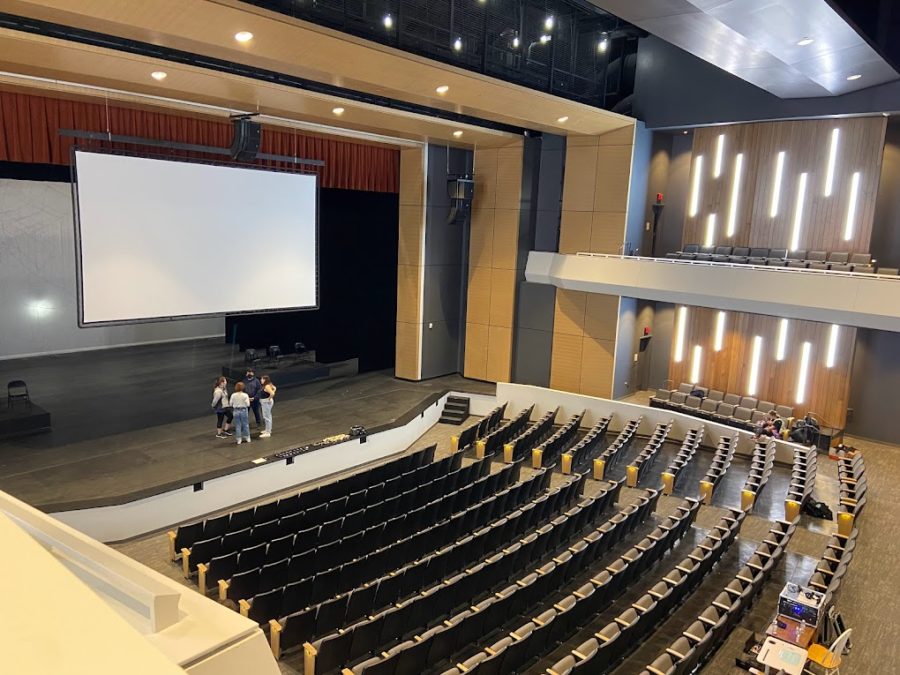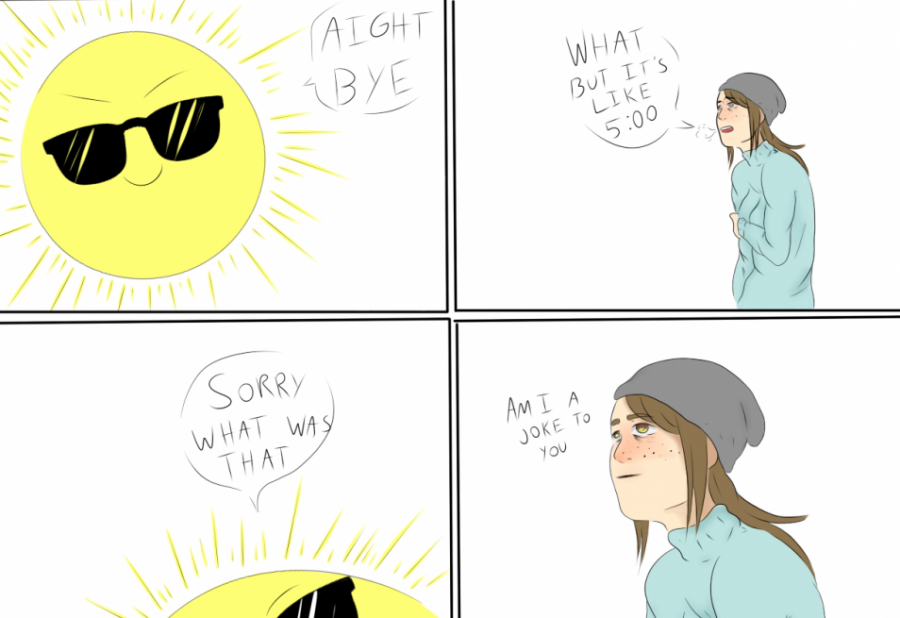NieR Automata: Not Just Near a Tomato
April 25, 2017
 My first thought when I finished Nier Automata was “oh my god,” followed by “that could only be done in a video game”. With a flashy combat style made by the creators of cult hits like Bayonetta, Vanquish, and Metal Gear Rising, Neir Automata uses fantastic music and voice acting to tell a story that grows stranger as you play it, culminating in one of the most emotionally impactful endings I’ve ever experienced, made possible by leveraging the unique capabilities of gaming to deliver a powerful and clear message. I don’t want to spoil the ending- which is well worth the thirty-odd hours it will take to complete the game- but I strongly urge anyone who likes video games to play this one.
My first thought when I finished Nier Automata was “oh my god,” followed by “that could only be done in a video game”. With a flashy combat style made by the creators of cult hits like Bayonetta, Vanquish, and Metal Gear Rising, Neir Automata uses fantastic music and voice acting to tell a story that grows stranger as you play it, culminating in one of the most emotionally impactful endings I’ve ever experienced, made possible by leveraging the unique capabilities of gaming to deliver a powerful and clear message. I don’t want to spoil the ending- which is well worth the thirty-odd hours it will take to complete the game- but I strongly urge anyone who likes video games to play this one.
The game’s premise is a unique one- it takes place around the year 12,000. After the apocalypse, aliens invaded with a force of mass-produced robots. Humanity took to the moon for refuge, leaving realistic androids to fight the machines. You play the game as one of these androids, working to clear the world so humanity can return by using a variety of swords, spears, and ranged weapons. The plot gets stranger the longer you play, with naked robot men named Adam and Eve who lead the forces of evil against humanity appearing only about two hours in, and eventually turning into a bizarre existential nightmare where you come to doubt everything you have been fighting for.
Unlike the first Nier game (which you don’t need to play to enjoy this one, as it takes place about seven thousand years prior to Automata), this game is actually fun to play. Acclaimed studio Platinum Games was recruited to work on the gameplay, and it paid off. The combat, while not as deep as Bayonetta or Metal Gear Rising, is satisfying to watch and to play, with plenty of cool particle effects, punchy explosions, and, as usual, some of the best animations in the business. Adding some depth is a “chip” system, where the player has limited space to equip various computer chips with effects on the game play. For example, you start with one such chip that allows you to use healing items when below 20% health automatically. It’s not just limited to hack-and-slash, however. The game frequently mixes it up, with areas that play like a two-dimensional sidescroller a la Contra, areas that play like a Geometry Wars-esque twin-stick shooter, and even parts reminiscent of scrolling shoot-em-ups like Ikaruga or Jamestown.
Unlike its gameplay, the original Nier was acclaimed for its soundtrack. The soundtrack has its own Wikipedia page separate from the game. It’s fantastic. Both Automata and the original have charted on the Japanese equivalent of the Billboard top hits. Automata does not disappoint, even in comparison. The game powerfully ties the music to the moment, with a variety of different arrangements for different areas of the same level. Similar to Platinum’s own Metal Gear Rising, there are points in levels and boss fights where the song gets lyrics. Unlike Metal Gear Rising, the lyrics are a nonsense language, and lyrics aren’t limited to just boss fights, fading in and out whenever it suits the moment.
The game isn’t perfect, however. It’s the closest that its director has come to it, but it’s still got a ways to go. The game’s combat, while fun, is still very shallow and by the end of its runtime I found myself actively avoiding it when I could. The game’s chip system, while fun to mess with, is far too easily exploited to make the game incredibly easy on all difficulties but the hardest. By the end of my first playthrough of five (more on that in a second), I was easily able to regenerate my entire health bar within seconds. Healing items are plentiful and can be carried to a maximum of 99 each, with an incredibly simple process to use them. The game does punish death harshly, but unless you play on the harder difficulties you’re never going to experience it.
The biggest flaw to the game and, paradoxically, one of its biggest strengths, is how it does replays or “New Game +”. You must play through the game four times in total in order to see the ‘true’ ending. When you get to the end of the story after about twelve hours or so, you get an ending that answers basically nothing. After the credits, you’re alerted to hit “continue” on your save to experience the story with new additions. I won’t spoil how it’s been changed, but I will say that the changed mechanics are interesting in concept but needed far more content for how much they are used. You then replay the story in its entirety, with fast travel disabled again, with a few new sidequests and a different ending. This second playthrough is easily the worst in the game. It’s a worthy inclusion for the revelations near the end that recontextualize a lot and some small additions throughout, but it’s still suffering. After this playthrough, you’re given even more new content and a story that continues off of the first two playthroughs, and then you get to the new endings and unlock the true ending, and everything is worth it, but Route B is one of the weakest arcs in the game.
Despite its missteps in game design, Nier Automata is one of the best games of the last five years. As a mega-fan of Platinum even before I knew who they were, I consider this one of their best works. The soundtrack is amazing, the gameplay is shallow but fun to mess around in, the voice acting is great regardless of language chosen, and holy crap is the final ending good. It takes every strength of the game and combines it to create an experience like I’ve never seen before. It was a profoundly emotional experience, and I can’t even explain what emotions I felt.
Play this game. It’s good.





























